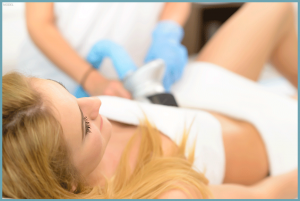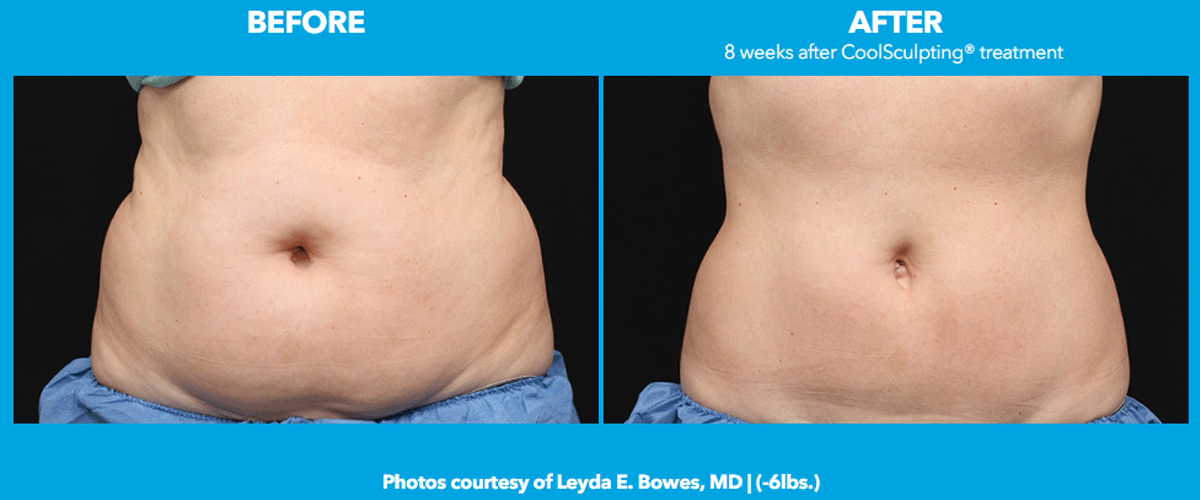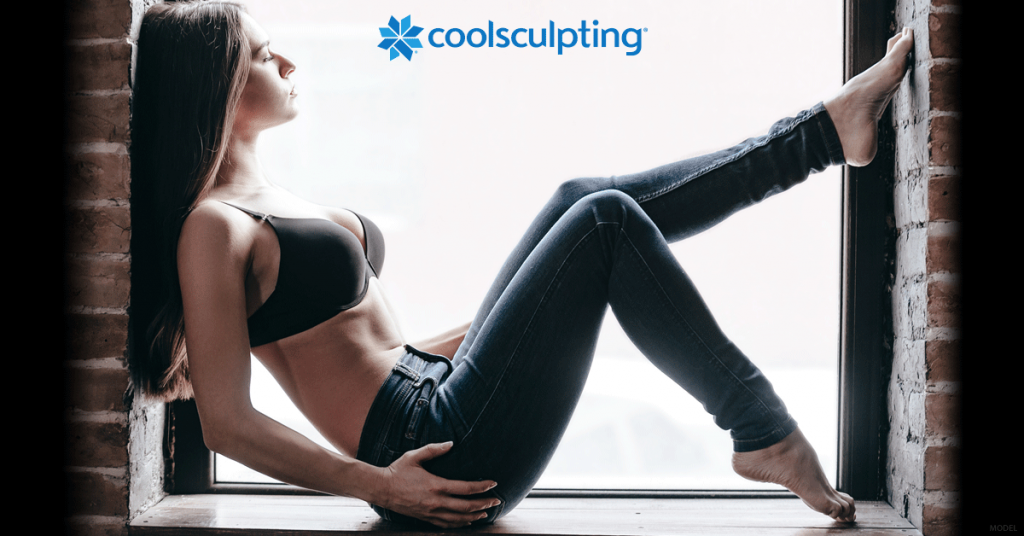It seems like everywhere you look, there’s an ad for CoolSculpting here in Boston. This procedure is billed as a powerful fat reduction treatment, capable of helping you “fear no mirror” and finally reduce the problematic bulges that bother you the most. If you’re like a lot of my prospective patients, CoolSculpting has probably caught your eye—but maybe you’re still a bit skeptical. I totally understand. It seems like every few months there’s a new procedure or product available that promises to do what previous ones couldn’t. In fact, there are lots of myths about this procedure that are still circulating. So, does CoolSculpting deliver on its promises?
The Science Behind It
 One of the most exciting things about CoolSculpting is that there’s real science behind it. The technology behind the procedure is called cryolipolysis, and it was initially discovered and developed by researchers at Harvard (my alma mater). These scientists discovered that children who ate a high number of ice pops in the summertime developed dimples on their faces. This simple and relatively charming discovery led to the development of CoolSculpting. The long-term cold exposure caused by eating frozen treats led to a very localized fat reduction in the cheeks, causing dimpling. The researchers decided to examine the concept on a larger scale. Over time, they developed cryolipolysis, and, by extension, CoolSculpting.
One of the most exciting things about CoolSculpting is that there’s real science behind it. The technology behind the procedure is called cryolipolysis, and it was initially discovered and developed by researchers at Harvard (my alma mater). These scientists discovered that children who ate a high number of ice pops in the summertime developed dimples on their faces. This simple and relatively charming discovery led to the development of CoolSculpting. The long-term cold exposure caused by eating frozen treats led to a very localized fat reduction in the cheeks, causing dimpling. The researchers decided to examine the concept on a larger scale. Over time, they developed cryolipolysis, and, by extension, CoolSculpting.
Fat cells freeze at a higher temperature than other tissues, including skin and muscle. When frozen for a sustained amount of time, the fat cells die in a natural process called apoptosis. Meanwhile, the surrounding tissues remain unaffected—if a little bit chilly.
The process of apoptosis takes time to complete. This well-understood form of cell death occurs over weeks, and the leftover material from the killed fat cells is naturally filtered out of the body in the urine.
The Treatment Experience
Now that you understand how CoolSculpting works, you might be ready to learn more about what actually happens during a procedure. After your initial consultation, where I evaluate you for candidacy, you can schedule your visit. The actual CoolSculpting appointment takes about an hour, so you might even be able to squeeze it into your lunch hour.
 One of the major advantages of CoolSculpting is that it’s completely non-invasive, which means that the skin isn’t penetrated in any way. Instead, the CoolSculpting machine comes with an assortment of applicators that are each specially sized or shaped for a specific part of the body. The applicators transdermally freeze fat cells, reaching the deeper layers without the use of a scalpel or needle. During the CoolSculpting procedure, you can sit back and relax—literally. My patients are free to use this time for themselves, whether browsing the internet, catching up with a good book, or meditating. While the treatment does initially feel very cold, numbness sets in within a few minutes, and the procedure isn’t uncomfortable. Depending on the applicator used, you may experience a sensation of suction as well. The device uses suction to gather up the area of targeted fat.
One of the major advantages of CoolSculpting is that it’s completely non-invasive, which means that the skin isn’t penetrated in any way. Instead, the CoolSculpting machine comes with an assortment of applicators that are each specially sized or shaped for a specific part of the body. The applicators transdermally freeze fat cells, reaching the deeper layers without the use of a scalpel or needle. During the CoolSculpting procedure, you can sit back and relax—literally. My patients are free to use this time for themselves, whether browsing the internet, catching up with a good book, or meditating. While the treatment does initially feel very cold, numbness sets in within a few minutes, and the procedure isn’t uncomfortable. Depending on the applicator used, you may experience a sensation of suction as well. The device uses suction to gather up the area of targeted fat.
While there’s no real recovery period or downtime to speak of after your appointment, you should be aware that your treated area will probably feel and look a little inflamed for a couple of days. This is normal and the symptoms you experience will likely not prevent you from engaging in any of your normal activities (including exercise).

Some patients are happy with the results they see a few months after their first appointment, but others will need additional treatments to get the most out of CoolSculpting. I’ll follow up with you in a few months after your initial treatment to find out how you’re feeling about your results—and we can move forward from there.
I hope you feel more informed about the potential of CoolSculpting and what the treatment can possibly do for you. If you’re ready to take the next step, I invite you to contact my practice to set up your appointment. I’m looking forward to working with you.


Leave a Reply